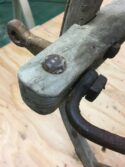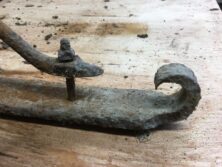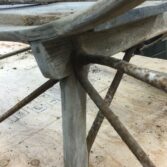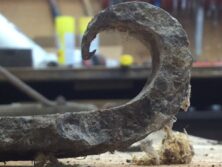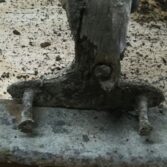Denmark Historical Society’s One Horse Sleigh
Our story is about a little Portland cutter from the Smith farm on Pickett Hill.
A “cutter” is a sleigh that has a flat seat for two passengers. There were two men who raised the trade to the next level, as it were; James Goold of Albany, N.Y. in 1816 and Peter Kimball of Hamlin’s Gore, Maine in 1817.
Before this time the sleighs were low and heavily built with little work by blacksmiths but for the forging of the shoes (runners).
| But first, a little history as we are an Historical Society. |
|
| “The other progenitor of a class, the Kimball cutter was built by Kimball near Portland, Me., in 1817, one year after the original Albany. It, too, was low, heavy and comfortable. In a few years it became the popular New England sleigh and none making a pretense of wealth considered their stock of vehicles complete without a Kimball cutter in their barn. From this old time favorite was evolved the Portland cutter. Just what year this was introduced we do not know, but they who improved the Kimball cutter and developed the Portland moved on different lines than those who developed the Albany cutter. They simplified the construction, made the vehicle lighter than the original, and at the same time preserved the steadiness of the original, until now “Portland” stands for the largest individual class of sleighs in use.” (from The Hub, The Automotive Manufacturer Volume 44, March 1, 1903, page 189) |
|
| “Peter Kimball and his brother Porter (sons of Peter Kimball of Bridgton) acquired a lot at Hamlin’s Gore, Maine in 1815, setting up shop as carpenters and wheelwrights on the west side of “The Whale’s Back”, a kame or ridge extending from Hamlin’s Gore to Portland. Peter married Betsey Emerson on March 16th, 1816 and she bore him ten children, four daughters and six sons. All six sons played a part in the burgeoning carriage industry as though born with the accumulated experience of their ancestors and ready to serve the needs of a rapidly growing nation.” (from a summary of A History of the Kimball Family In America From 1634 to 1897…by Leonard Allison Morrison published by Damrell & Upham, Boston 1897) (note: Hamlin’s Gore or Grant was established in 1816 when bought by Dr. Hamlin of Paris; it was parceled out, settled and eventually annexed to Woodstock in 1873. |
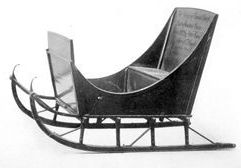
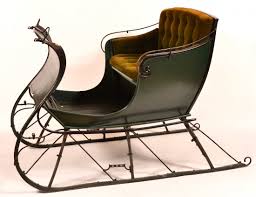
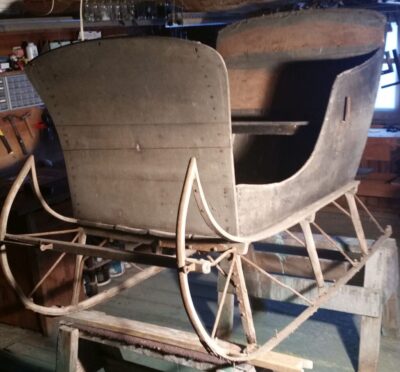
The restoration of our cutter has three major components: 1- replace broken and rotted wood, prep for painting and then paint; 2 – apply pin striping; and 3 – upholster the body. The smallboat shop has taken on number 1 and the first step is to do a photographic survey. We took over 150 photos but only a few will be shown here.
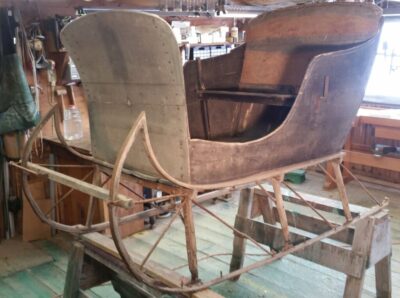
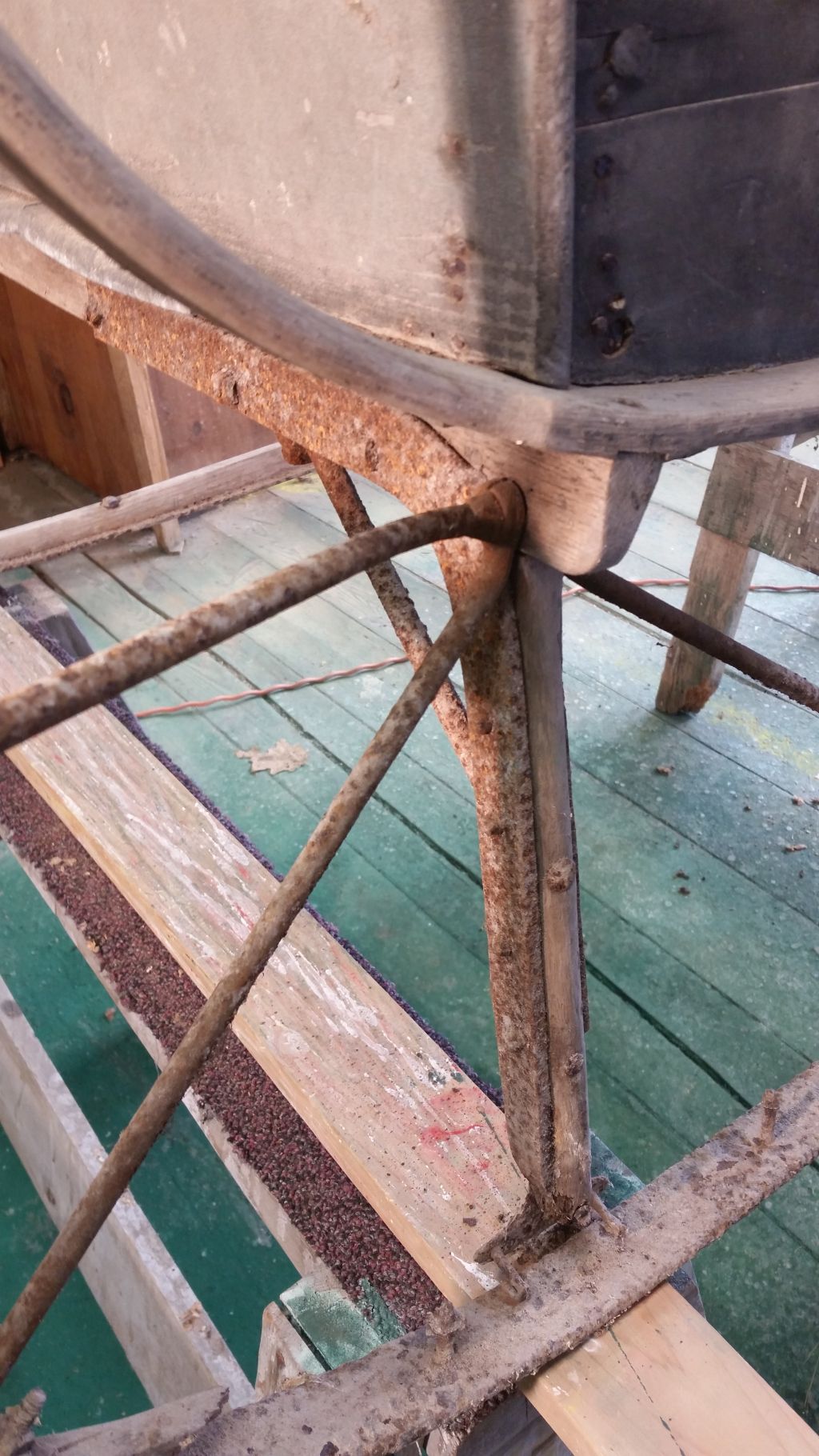
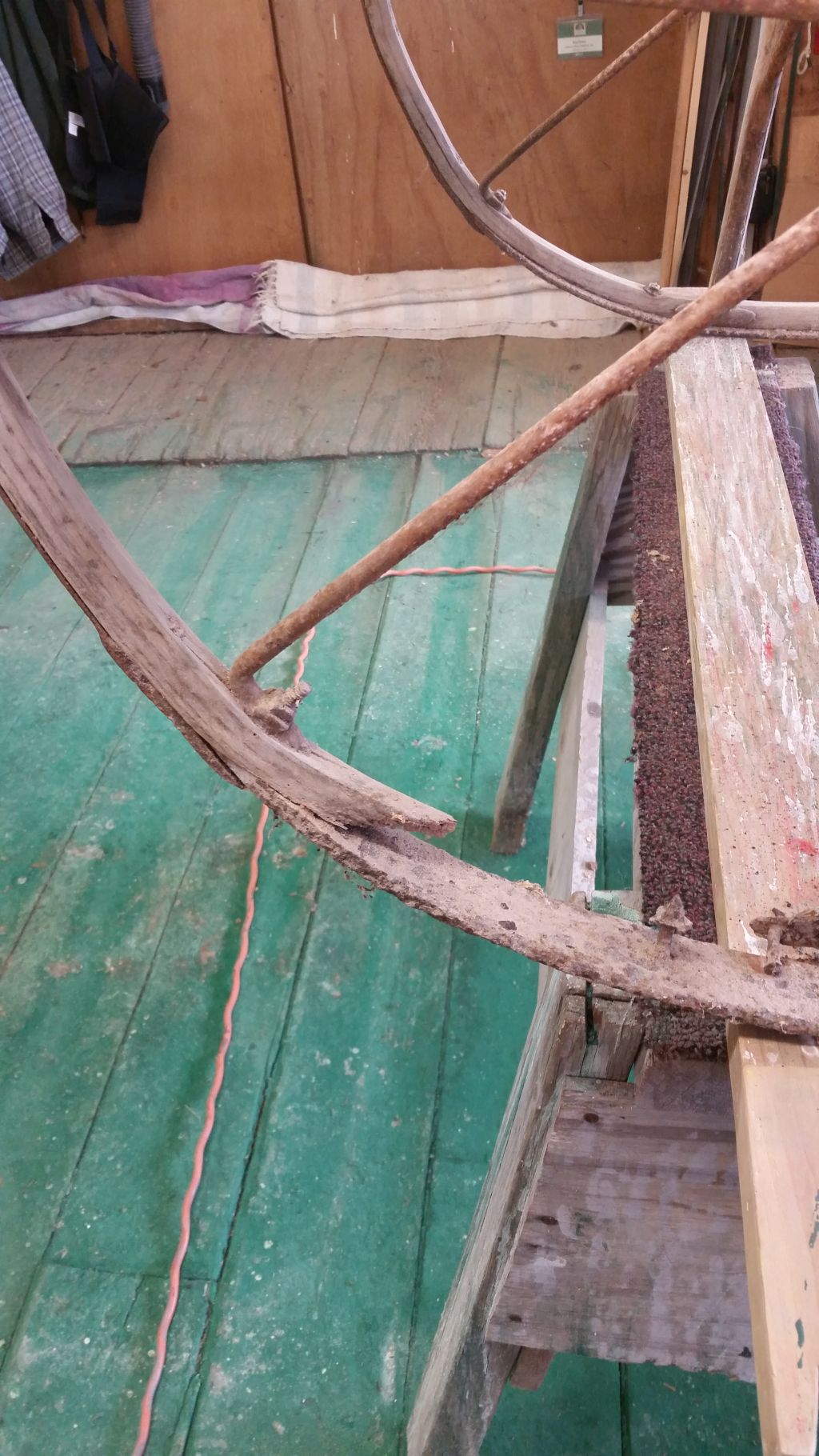



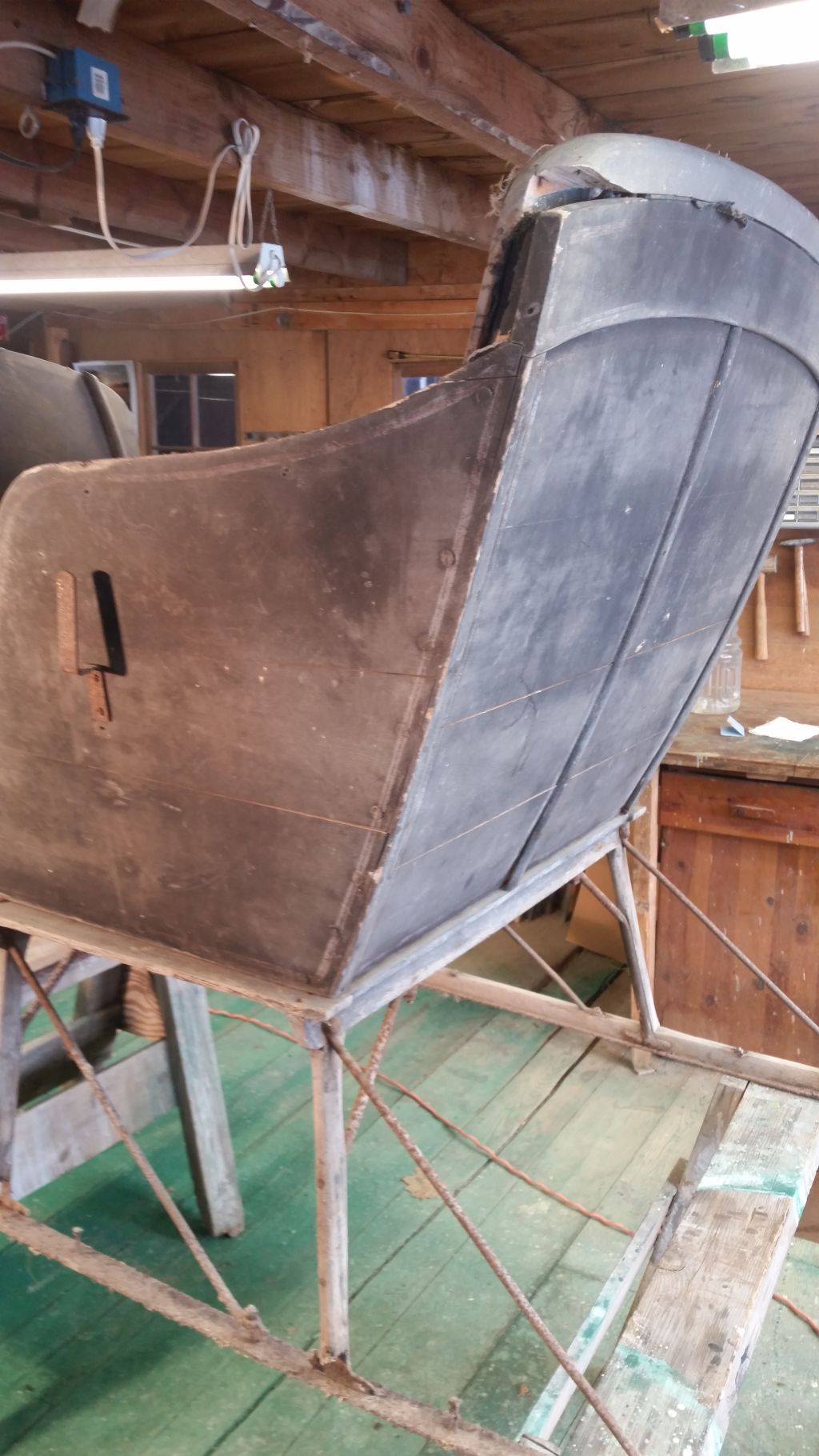
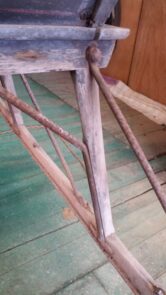
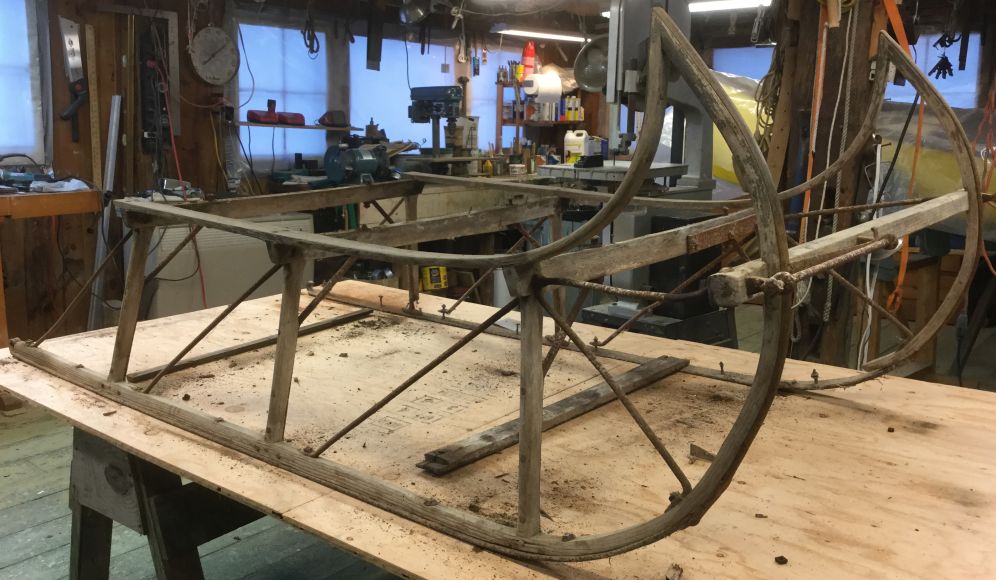
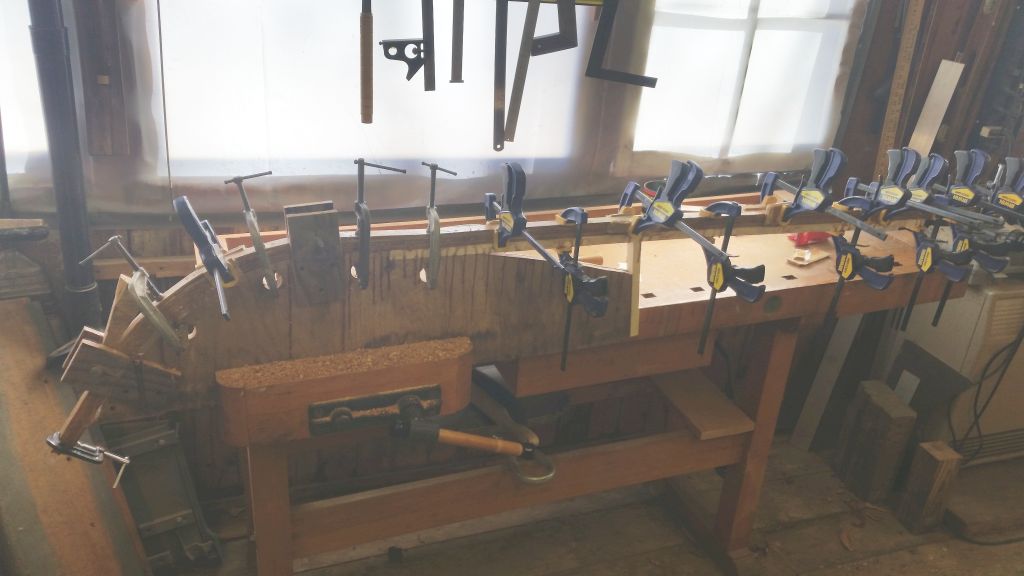
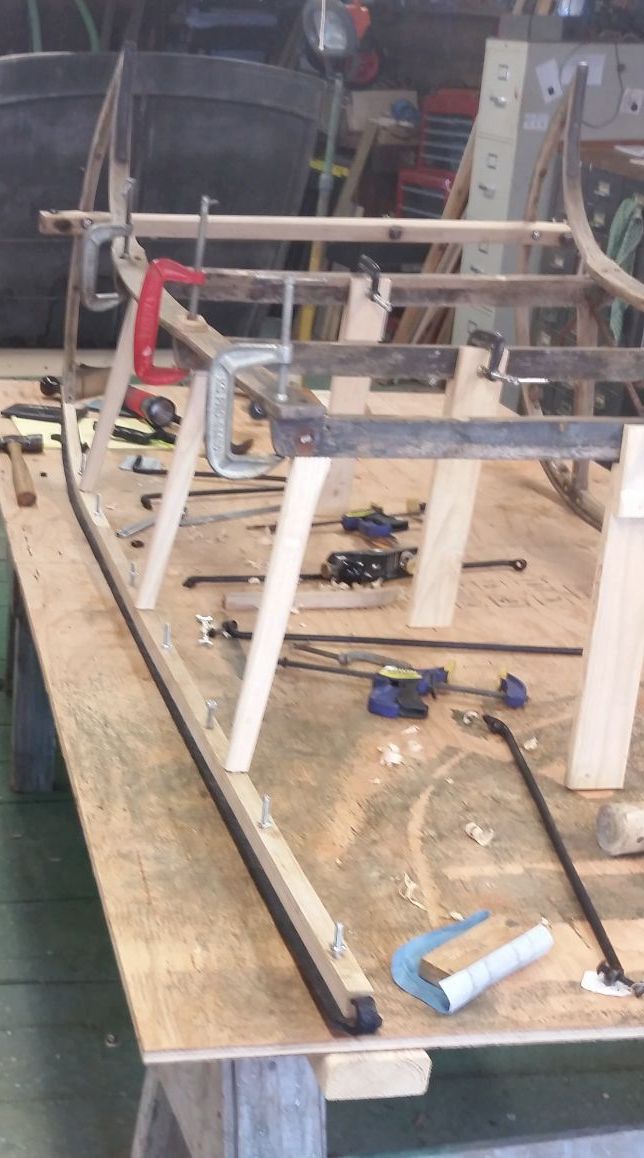
On the left you can see the new runner and knees which were attached and adjusted several time before shaping and finishing.
The irons had to be fitted before final assembly.
On the right you can see the new knees and new floor. The new runner is obscured by its iron shoe.
All the iron was wire brushed to remove the loose rust and then it all received two coats of rust converter which reacts with the rust to form a polymeric coating serving as a primer for painting.
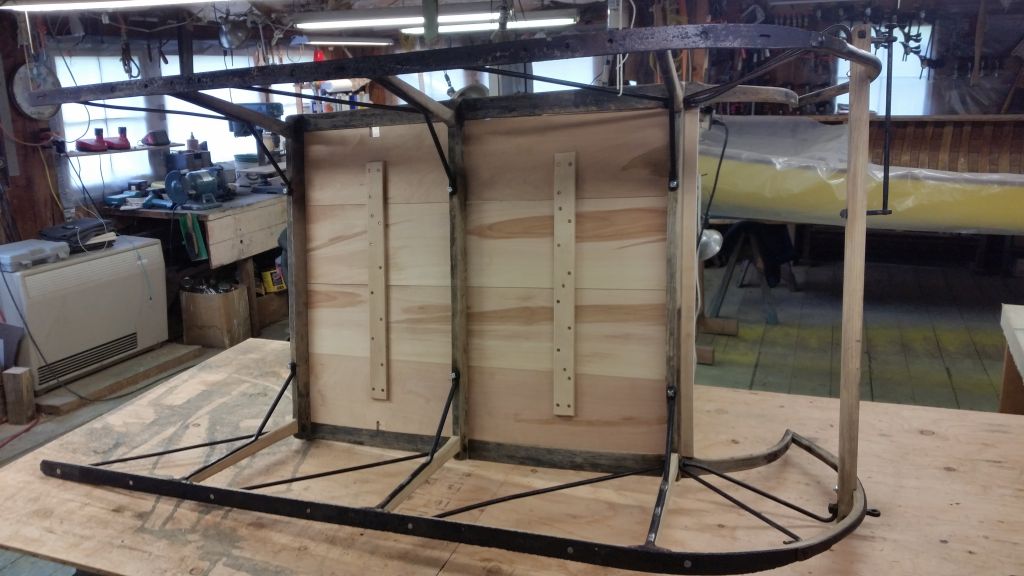
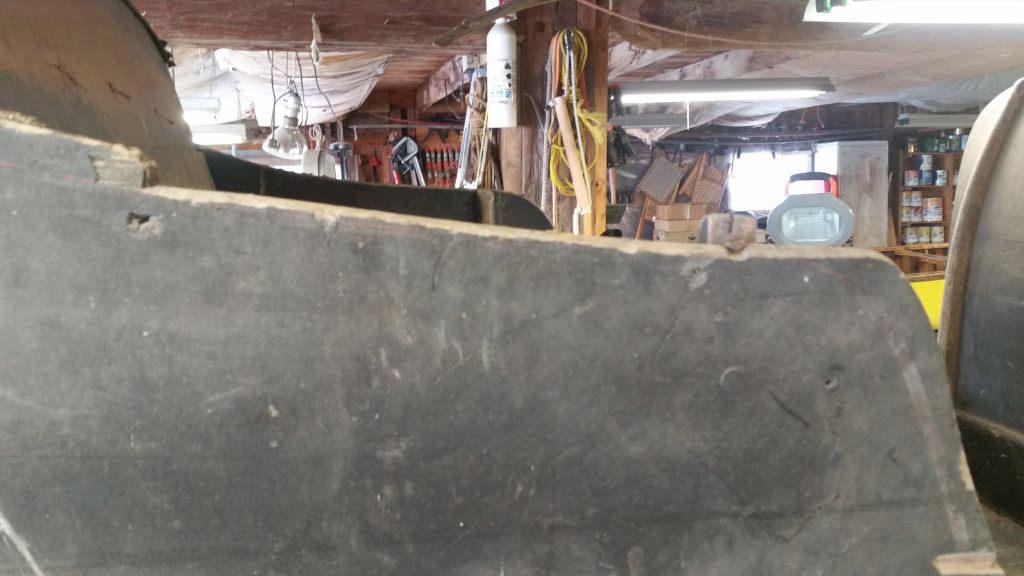

The top edge of the right arm has been broken off so a new piece has been added.
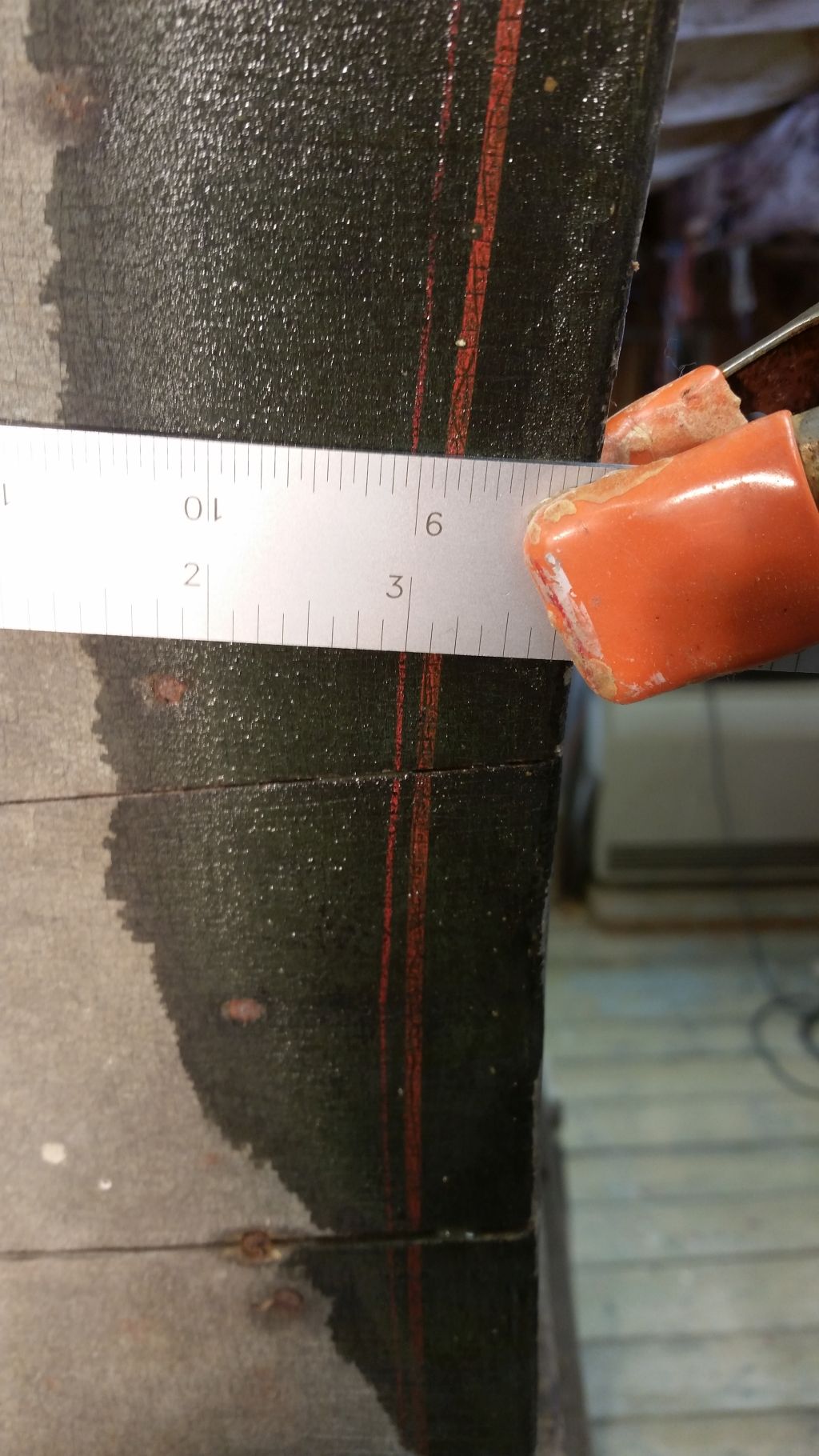
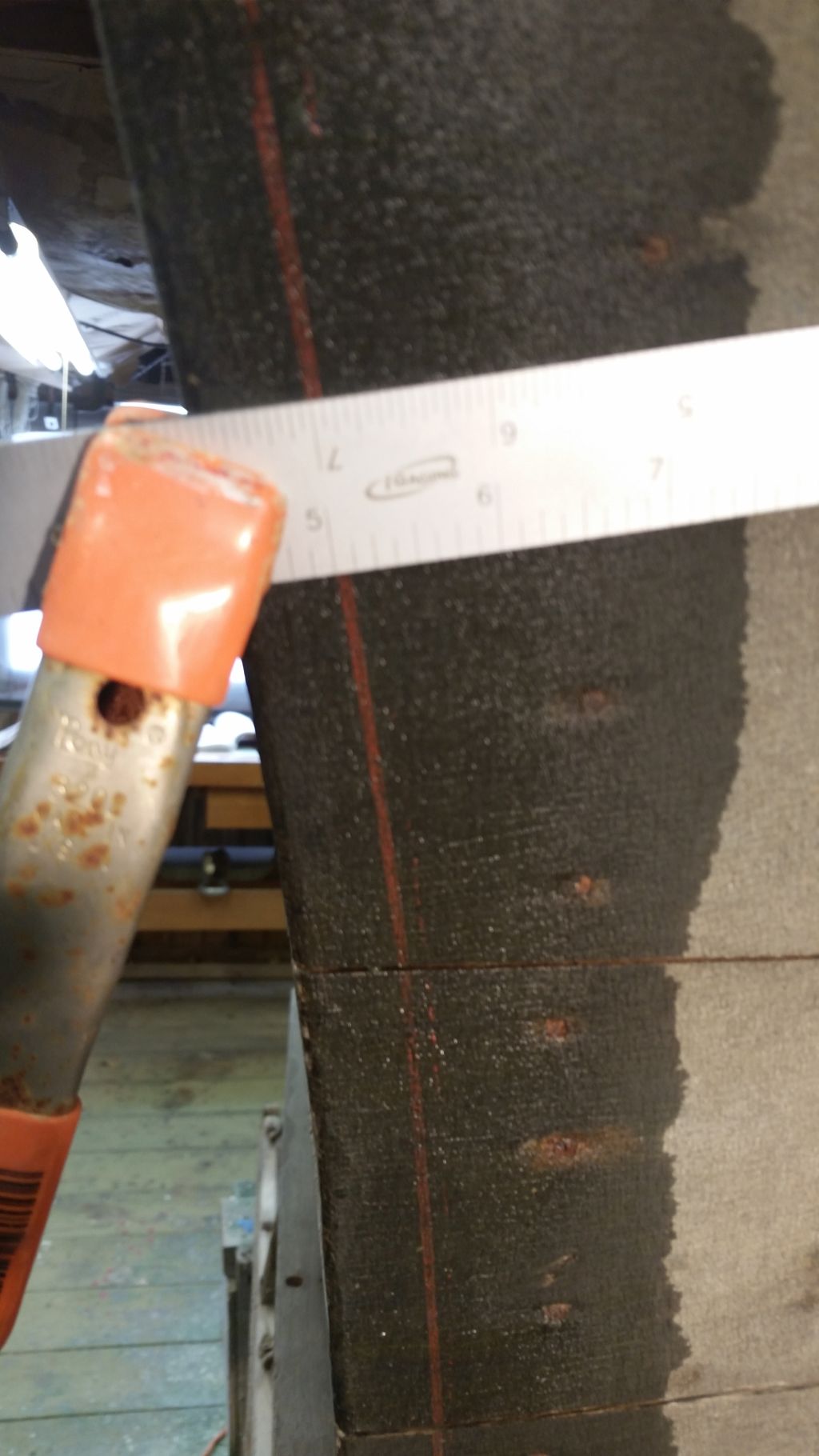
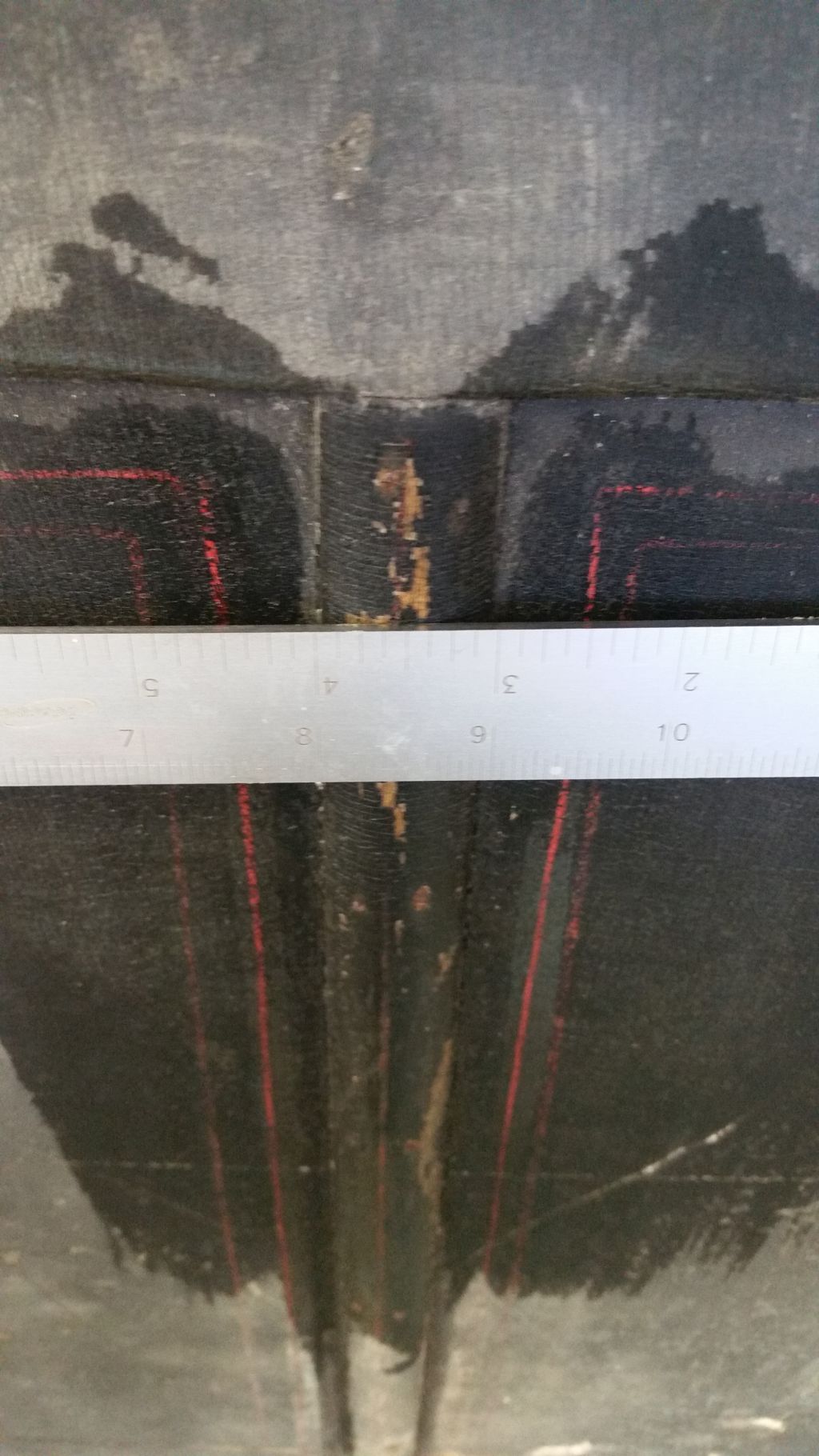
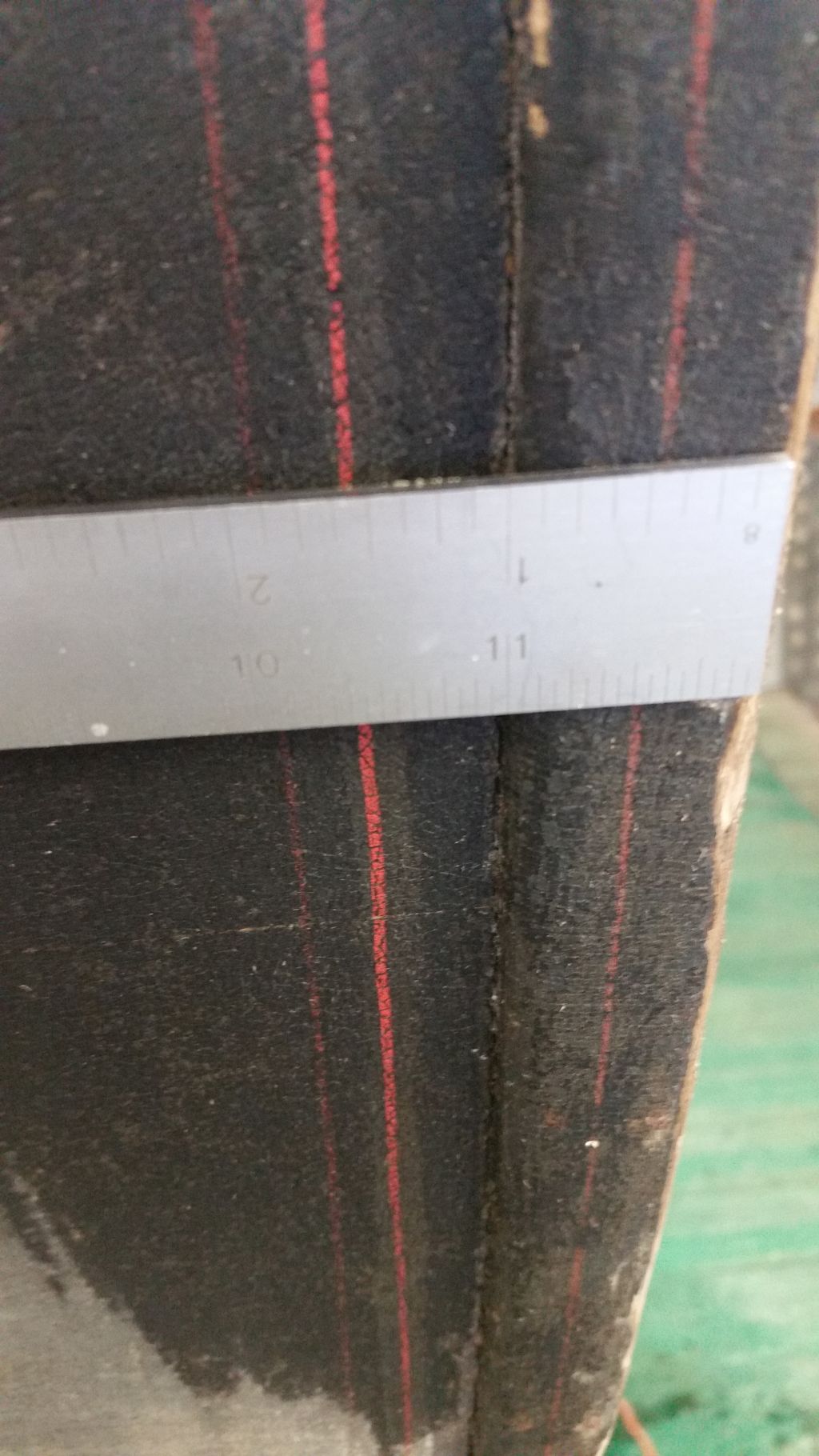
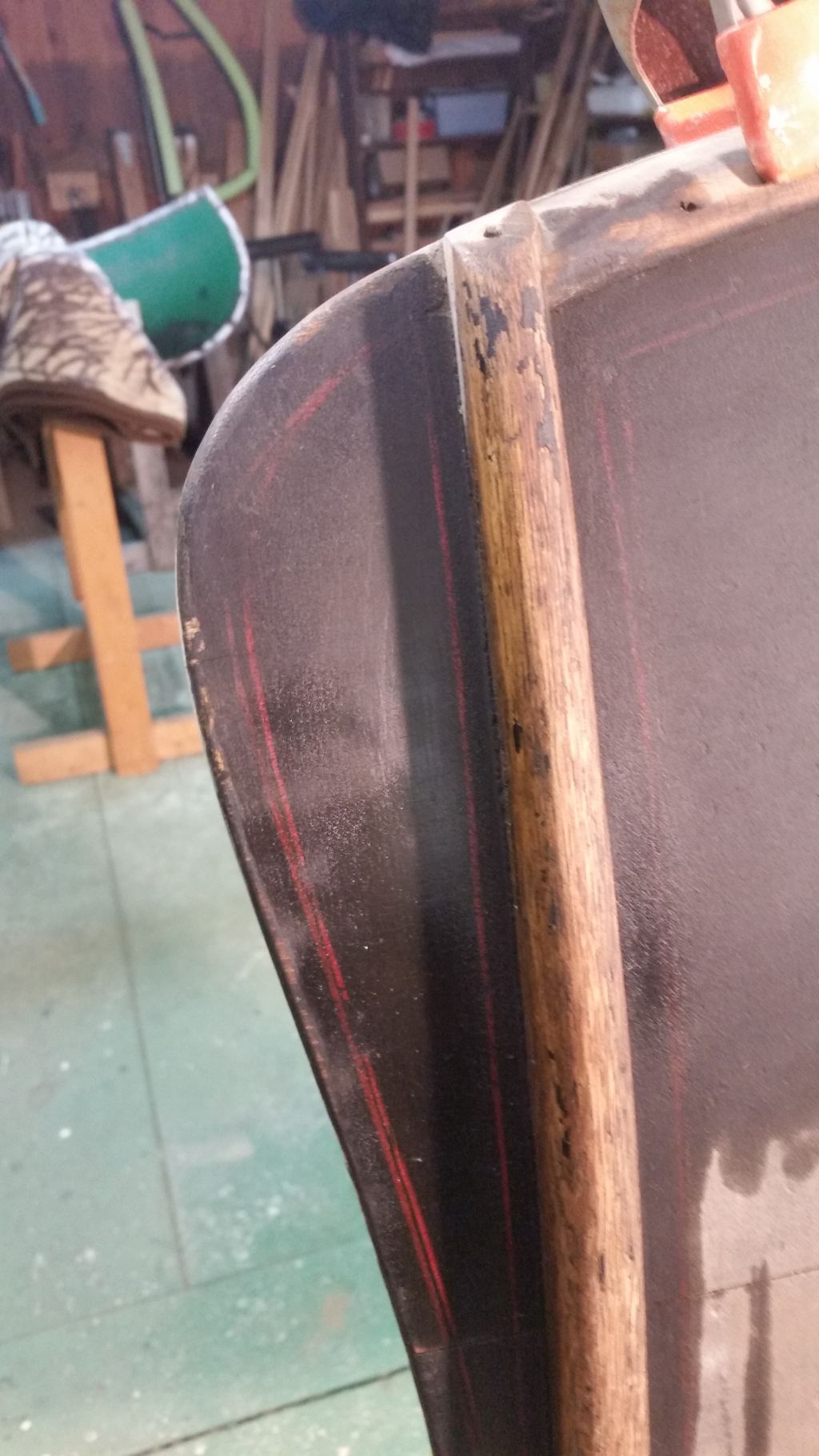
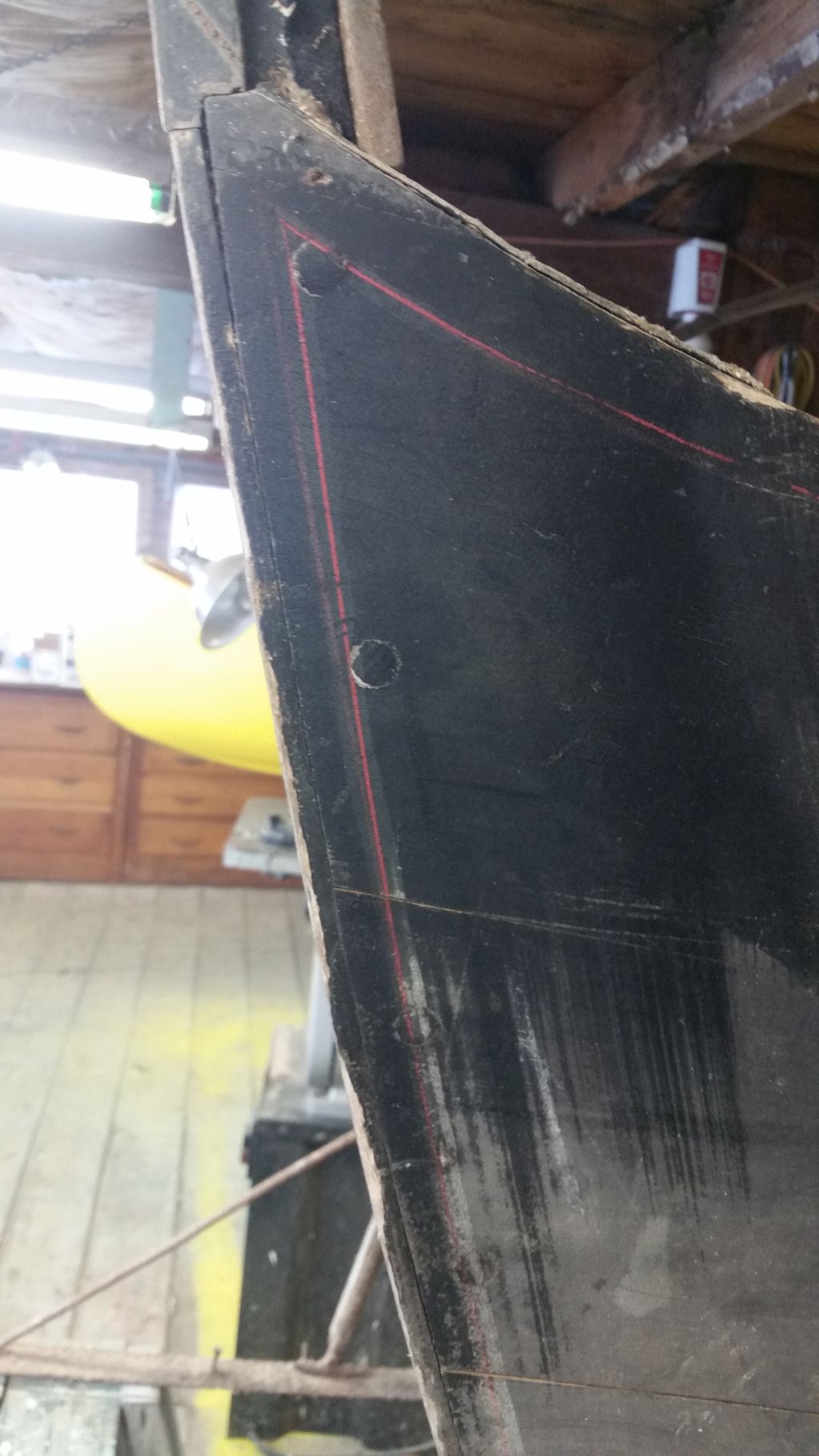
Before sanding and other prepping for painting we took photos of the old pin stripes with a ruler as a guide. Under the red stripes is a 1/2″ silver or gray stripe.
The body paint seemed to be dark, almost midnight blue. We sent a chip to George Kirby at Kirby Paint in New Bedford (https://kirbypaint.com/)
and he matched the paint in a low luster.
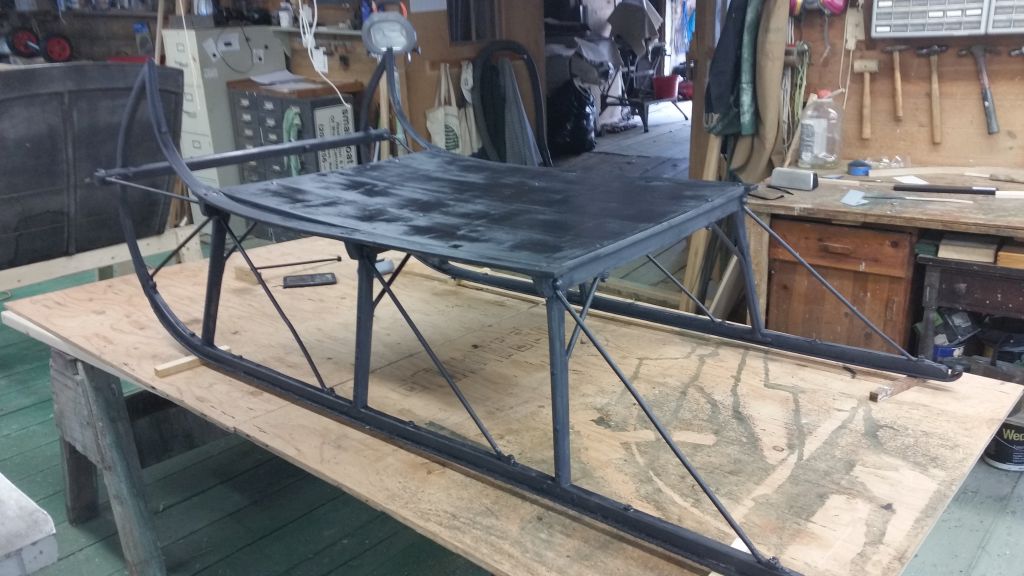


Both the body and the bottom received 4 coats of paint.
Below is the bottom with its first coat and the painted cutter awaiting its pin striping and upholstery.
It has been very interesting working on this small sleigh; learning new terms and building techniques.
In this photo you have the plywood table then the iron shoes, the runners, the knees attached to the beams, and the sills that curve to meet the tips of the runners. The curve of the sills start near the center knee and beam joint. The rear beam tilts slightly toward the back and the front beam tilts slightly toward the front so the middle knee is at right angles to the runner but the other two knees are not. All the knees also tilt out away from the sills. If you laid a straight edge along the sill from the top of the front knee to the top of the rear knee you would find that the top of the center knee is nearly an inch below the straight edge. So the body that sits on these sills is not flat along its sides but curved to fit the sill’s curve.
The sleigh is also narrower in the front so the floor is not a rectangle but a isosceles trapezoid, so keep your sliding t-bevel handy! But this is great because the design is for proper tracking and handling, and for comfort with some style. If you look at the painted sleigh above you will see that the back is slightly curved and the shape of the side is graceful and
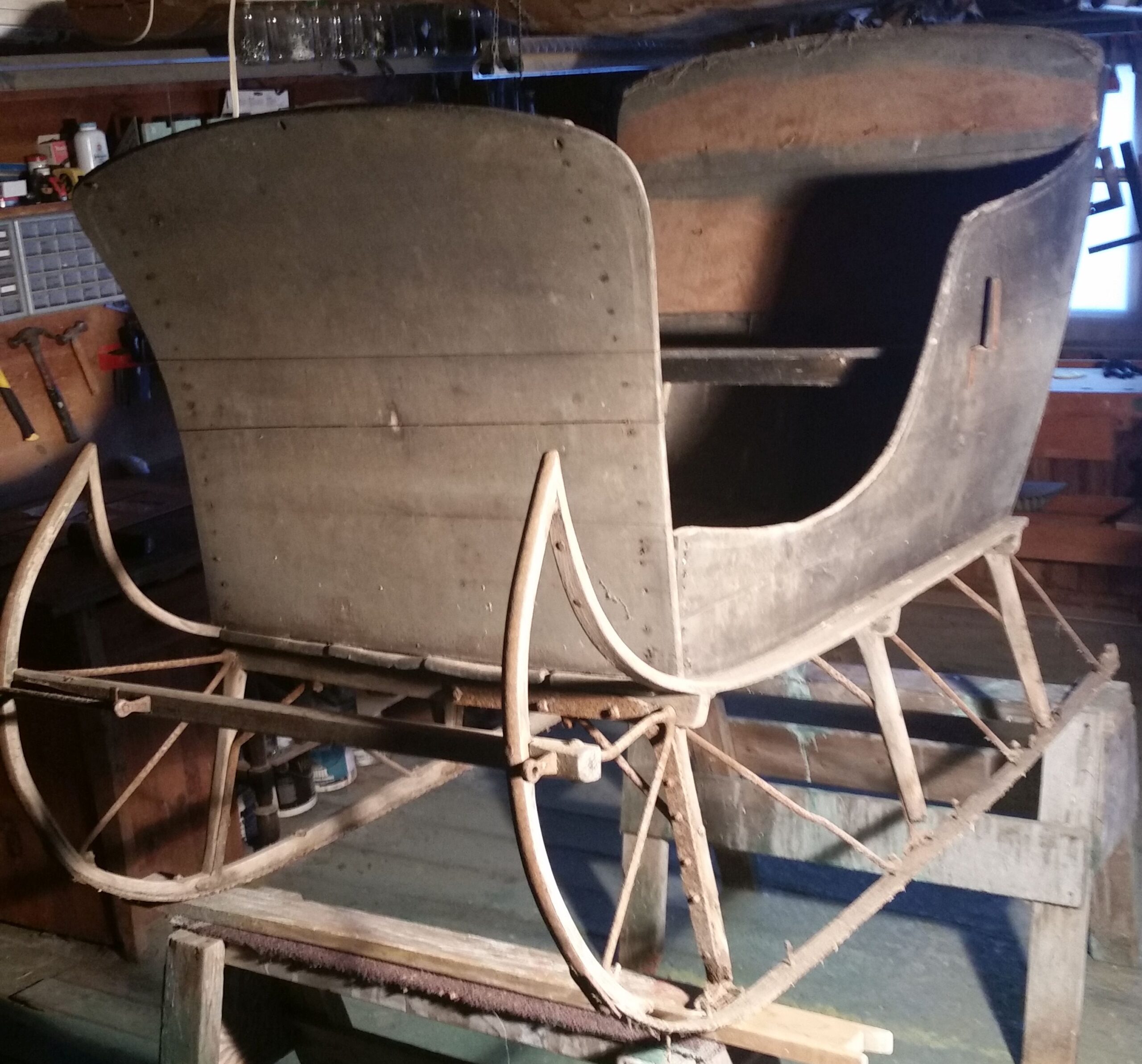
The iron is riveted and bolted to the wood and removing the old bolts holding the knee braces to the beams was a challenge. Over these many decades the bolts and rivets had become one with the hardwood. I found a long hole drill which worked well, removing the bolt and the surrounding compromised wood. The lathe came in handy to turn the proper size dowel to fit these new holes. The bolts that hold the shoe to the runner are called appropriately, shoe bolts and are made to fit the counter sunk holes in the bottom of the shoes. I could not find any so I ground down the heads of stove bolts to serve the purpose. Rivets are available and we had used them in various sizes and materials for boat repairs so they were not much of a problem.
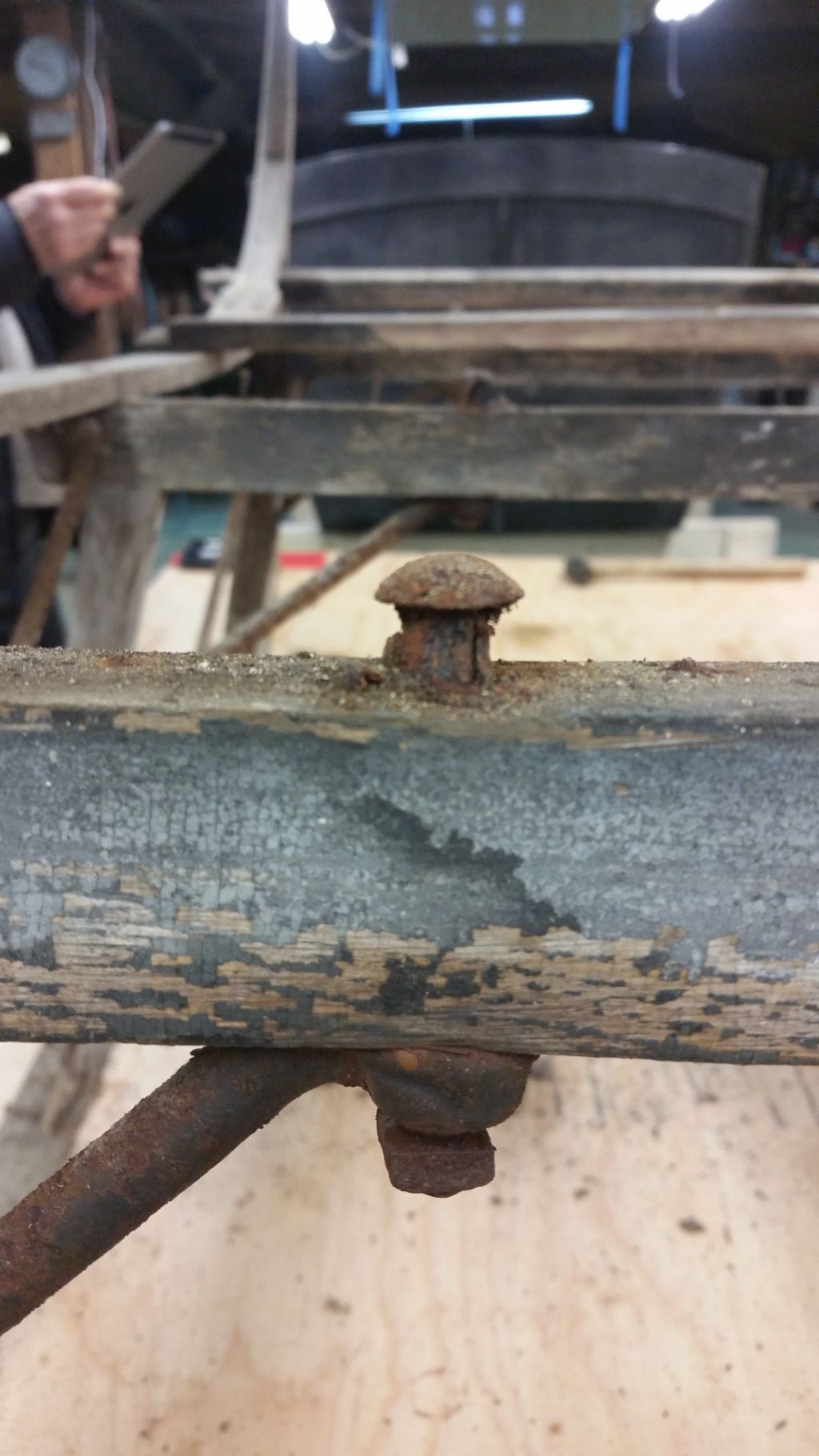

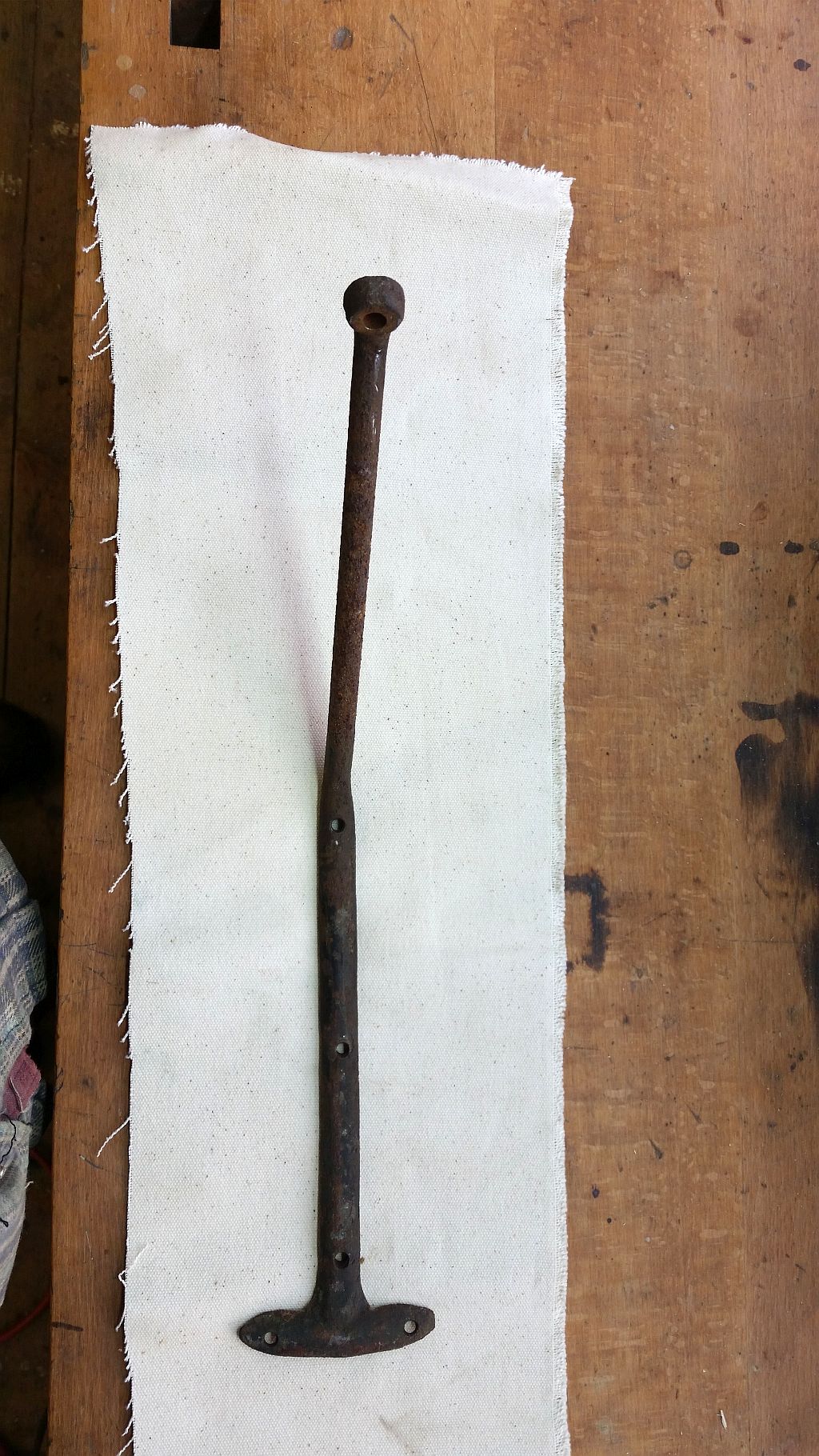
This is a knee brace mentioned a few times. It is bolted to the beam and riveted to the knee. The two mounted on the center beam were the same but the others were individual to meet the angles required.
Below are some close-ups that Lindy took to show details.

